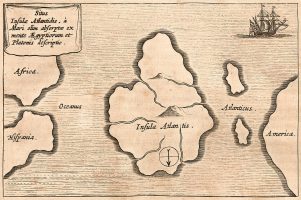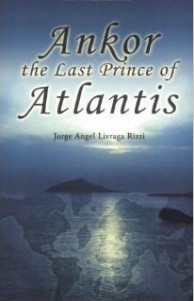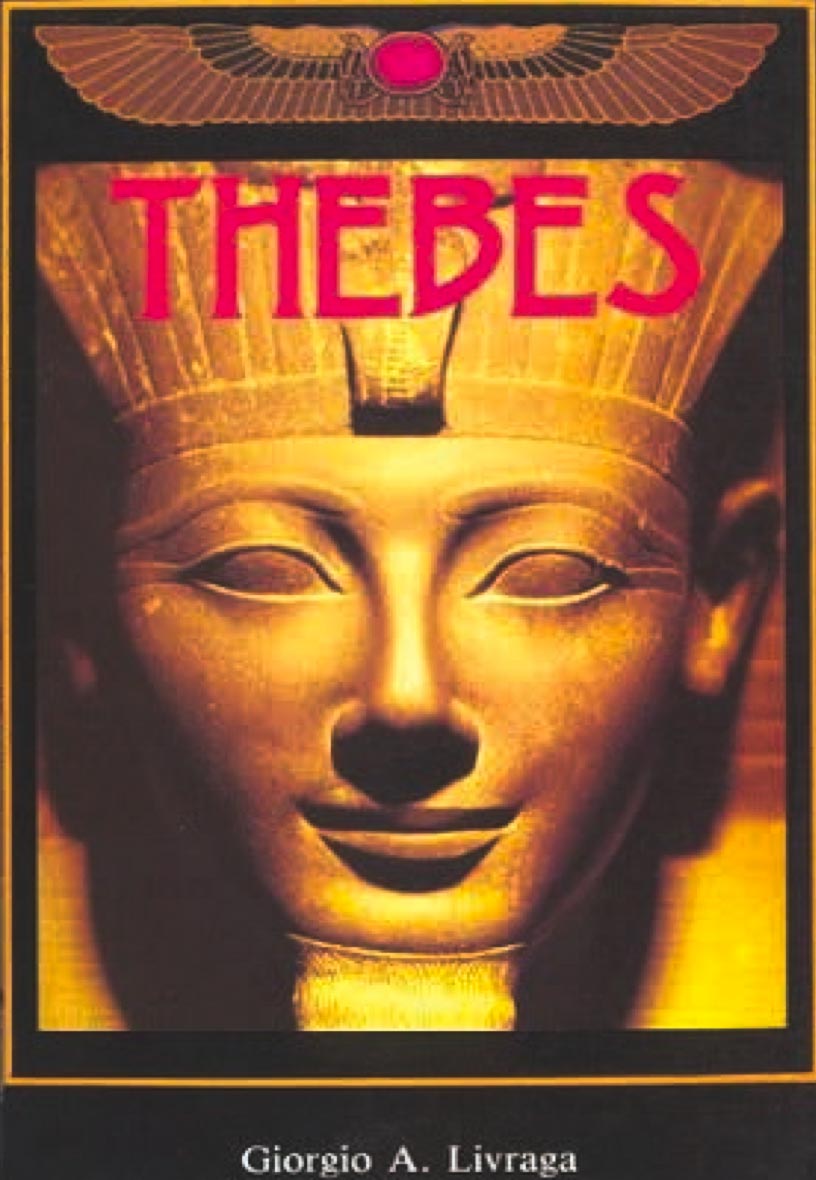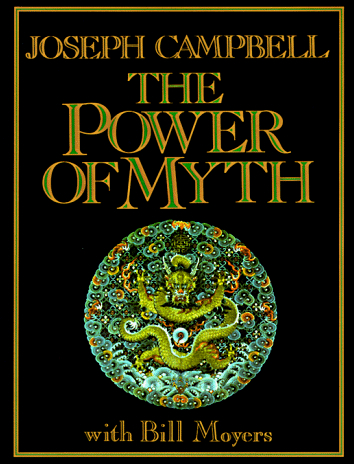The Myth of Atlantis and the Universal Flood
Article By Antonio Belda
 The myth of Atlantis is one of the most famous and controversial myths of all time. Ever since the myth began – with the Greek philosopher Plato – people have been asking whether or not his story of a sunken continent was a historical fact.
The myth of Atlantis is one of the most famous and controversial myths of all time. Ever since the myth began – with the Greek philosopher Plato – people have been asking whether or not his story of a sunken continent was a historical fact.
It is fair to assume that Plato did intend his story (which appears in the two dialogues Timaeus and Critias) to be taken historically, because he plainly insists that it was absolutely true – and everybody knows the great importance that Plato and his teacher, Socrates, attached to truth.
Plato claims that his account of Atlantis came from an Egyptian priest in the city of Sais (where there was a very important centre of historical studies), who told the story to Solon, the Athenian lawgiver and one of the seven sages of ancient Greece. This priest said that Atlantis was a large island situated in front of the Pillars of Hercules (in antiquity these were located on either side of the straits of Gibraltar). From there travellers could go on to other islands and from these islands to a much vaster continent to the west of Atlantis. Many people suggest that this much vaster continent was America, which does indeed meet this description.
Plato said that the sinking of Atlantis took place 9,000 years before Solon, i.e. approximately 11,500 years ago, or about 9,500 B. C. This is very interesting because it is the same date as the end of the last ice age. Scientists claim that during the last ice age the sea level was 130 metres lower than at present, and enormous areas of land were inhabited by different people. They also say that the sea level rose very quickly, because the glaciers thawed very fast. At that time there was a series of climate changes that significantly altered the face of the Earth.
The “Father of Western philosophy” gave us another relevant piece of information: he said that Atlantis was destroyed by a cataclysm and it is curious that almost all ancient peoples had a myth that spoke about the destruction of a humanity that lived before us by means of a flood. These flood myths have so many things in common that it suggests that they are related to the same story. Below, I have made an analysis of the different traditions, highlighting their points in common. I have grouped the myths together in cultural or geographical areas, to make the summary shorter and more accessible. Many of the myths have been simplified for reasons of brevity.
a. Hindu Tradition:
Indian myths about the flood are contained in the Shatapatha Brahmana (a Vedic commentary), the Mahabharata (a religious epic) and the Bhagavata Purana. Their main features are:
- The protagonist of the myth was a virtuous man called Manu who escaped from the flood.
- He was able to escape from the flood because he was advised by a god who took the form of a fish.
- The people, animals and plants that survived later repopulated the Earth.
- He was saved by building a ship.
b. Mesopotamian Tradition
In this culture the Flood was considered a completely historical event. Echoes of the Flood have come down to us through of the epic stories of Uta-Napisthim (written about 1700 B.C and largely lost, only 13% survived) and Gilgamesh. Both have the following common characteristics:
- The gods wanted to destroy mankind by a flood because men were very noisy.
- A god, Enki, took pity on men and decided to save the best of them all, whose name was Uta-Napishtim.
- This god instructed him to build a large boat according to a predetermined plan.
- The family of Uta-Napisthim and a group of farm animals were saved.
c. Judeo-Christian Tradition. The Bible:
This has many similarities with the Mesopotamian traditions and many historians claim that it was based on the Mesopotamian myths. The myth contained in the Bible highlights the following:
- The Flood was produced by a divine decision to destroy mankind because of its great wickedness.
- God gave Noah instructions about how to build an ark.
- God gave indications about who should go into the ark: close family and two of each animal species, one male and one female.
d. Book of Enoch:
Enoch was the grandfather of Noah, or at least, so it appears in this book. It is an apocryphal book in the Christian religion, that is, it may be inspired by God but was not included in the biblical canon. The new features we find with respect to previous traditions are as follows:
- It stresses the wickedness (the evil) of men who, after discovering the powers of angels and demons, used them for evil ends.
- It mentions a great shining chariot that appeared in the sky, and seems to be describing a comet or meteorite.
- It says that the stars changed their known courses or, what amounts to the same, the axis of the Earth was changed.
e. Chinese Tradition:
There were several versions of great catastrophes. The most relevant are:
- There was no divine warning to a few chosen individuals, but there were two survivors: a brother and a sister, from whom a new humanity arose.
- The cataclysm is presented as the result of a clash, either between great gods, or between gods and men.
- It makes reference to an alteration of the Earth’s axis, with dramatic consequences.
f. Greek Traditions:
Through the work of the Greek poet, Hesiod, “Works and Days” (a kind of history of humanity) and through Apollodorus, who completed the information, we have a story of the flood where humanity was destroyed, with the following main characteristics:
- A husband and wife, Deucalion and Pyrrha, were warned by Prometheus (the Titan who gave fire to mankind, the symbol of intelligence) of the coming of a cataclysm that would be sent by Zeus to destroy mankind.
- Deucalion built a great ark or chest and stored everything essential in it.
- Zeus caused a terrible rain to fall and only a few people, who gathered together on the mountains of Thessaly, were saved. Then, the mountains of Thessaly were split asunder and the water covered everything.
g. American Traditions:
America has the greatest number of myths and legends about the Flood. We can find them from the Arctic Circle to Chile. We can highlight the following:
- Men were most often saved by taking refuge on high mountain tops, rather than in boats.
- Most of these legends mention gigantic waves as the cause of the disaster.
- People are warned of the grave danger that awaits them by various miraculous animals, rather than by gods.
- The displeasure of the different gods towards mankind is frequently cited as a major reason for the punishment.
- The idea appears that some of the “pillars of heaven” were broken. Some Aztec myths seem to describe movements in “the axis of the earth”.
For most of the academic world today, the myth of Atlantis and the Great Flood have no historical value, mainly because this account conflicts at a fundamental level with the beliefs that are currently held. In the academic world there are a series of established ideas and beliefs that have become so ingrained that they have become articles of faith, and anything that does not fit in with them is regarded as pure fantasy. However, there are many archaeological discoveries that do not fit in with the conventional theories, some of which are exhaustively detailed in an interesting book called Forbidden Archeology: The Hidden History of the Human Race. But such discoveries rarely come to the notice of the general public, because our society seems unwilling to accept that there might be gaps in our knowledge. Maybe this is the reason why Atlantis only interests a minority of people. But this is a dangerous tendency, because when a society thinks it knows everything, it begins to forget the little that it knows.
Image Credits: By Athanasius Kircher: Mundus subterraneus, vol. 1. Amsterdam 1664 | Wikimedia Commons | CC BY PD
The entity posting this article assumes the responsibility that images used in this article have the requisite permissionsImage References
By Athanasius Kircher: Mundus subterraneus, vol. 1. Amsterdam 1664 | Wikimedia Commons | CC BY PD
Permissions required for the publishing of this article have been obtained
Article References
Artola Molleman, Miguel and Díaz Sierra, Ana. Atlántida: entre el mito y la historia (Atlantis: between myth and history). Plato. Timaeus and Critias Cremo, Michael A. and Thompson, Richard L. Forbidden Archeology: The Hidden History of the Human Race.




What do you think?